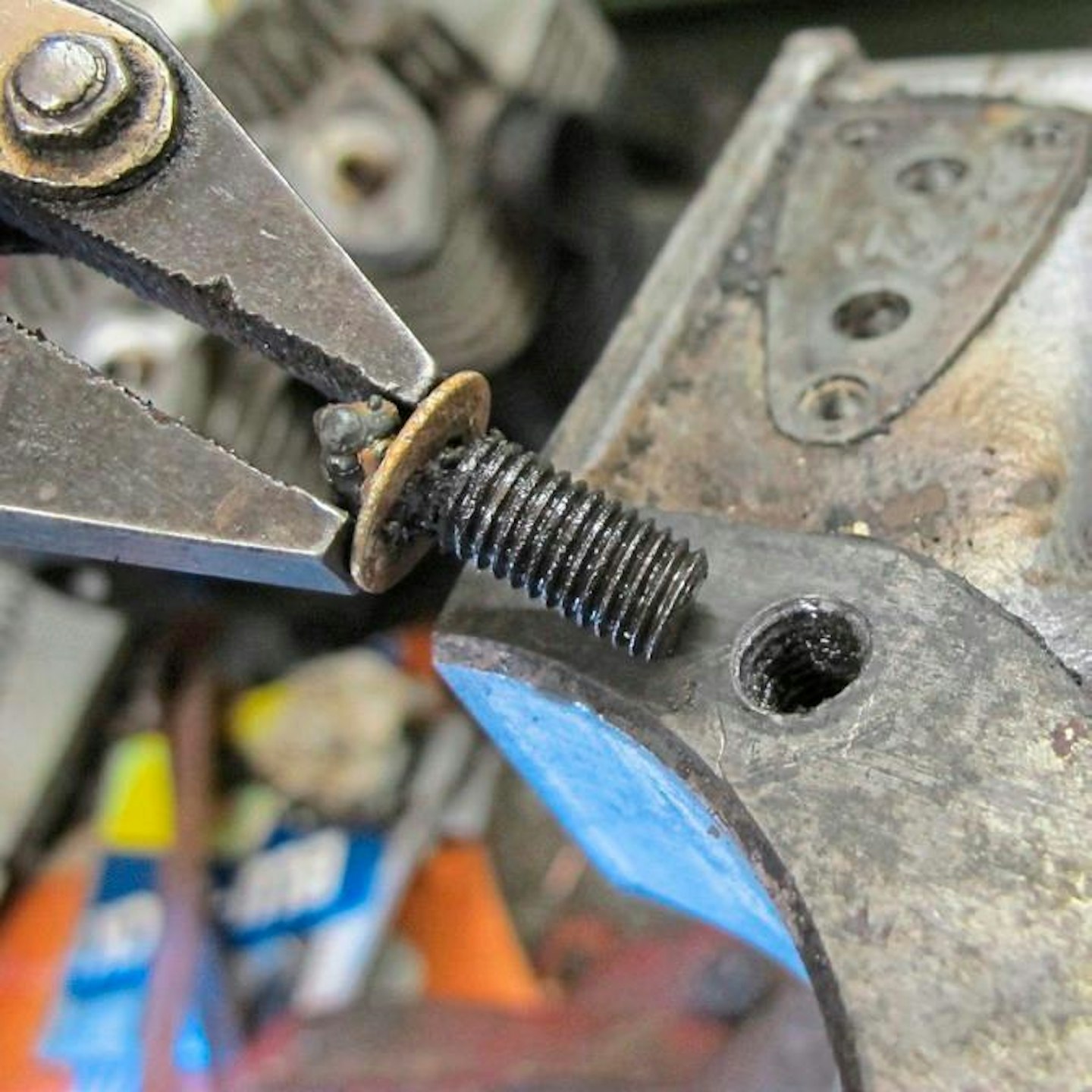[Know it all ]

Classic bike engine builder Rupert Farnsworth crams his two-hour thread lecture (really) into 300 words

Generally you know where you are with a Japanese bike because all the threads are the same type, although you can get different pitches (the distance between thread crests) for a given size. But when you move into British stuff it gets much more interesting because they use everything.
For example, on my 1971 BSA Lightning [a 650 twin – Ed] you’ve got British Standard Whitworth – a coarse thread – and British Standard Fine (BSF), the fine version. Then you’ve got the later American equivalents, Unified National Coarse (UNC) and Unified National Fine (UNF), which started to take over from the British stuff. Because the British and American pitches are mostly the same, you’d think they might be interchangeable, but they’re not because the included thread angles [a measure of the ‘pointiness’ of the thread – Ed] are different. So, if you pick up a 7/16th Whitworth bolt, which is 14 TPI (thread per inch, a measure of the pitch), and use it instead of a 7/16th UNC – which is also 14 TPI – you’ll get in a right mess when you tighten it because the included angle in a Whitworth is 55 degrees and the included angle in a UNC is 60 degrees.
There are also British Standard Cycle threads (BSCY), which are a hangover from bicycle manufacturing days. They’re quite good because all their bolts are the same pitch – 26 TPI. Well, apart from two really small ones. There’s also British Standard Brass, which you need to know about if
you’re rebuilding a carburettor. That’s also 26 TPI, but has a different pitch angle so isn’t interchangeable with BSCY.
Then there’s British Standard Pipe threads and British Association threads. In my workshop over the course of a couple of days of spannering I’ll encounter about 20 different thread types. Because I’ve used nuts and bolts all my life, I remember which are which, but I can see it might be confusing to some people.
» Need an engine rebuild? Contact Rupe on 07950 234497.
